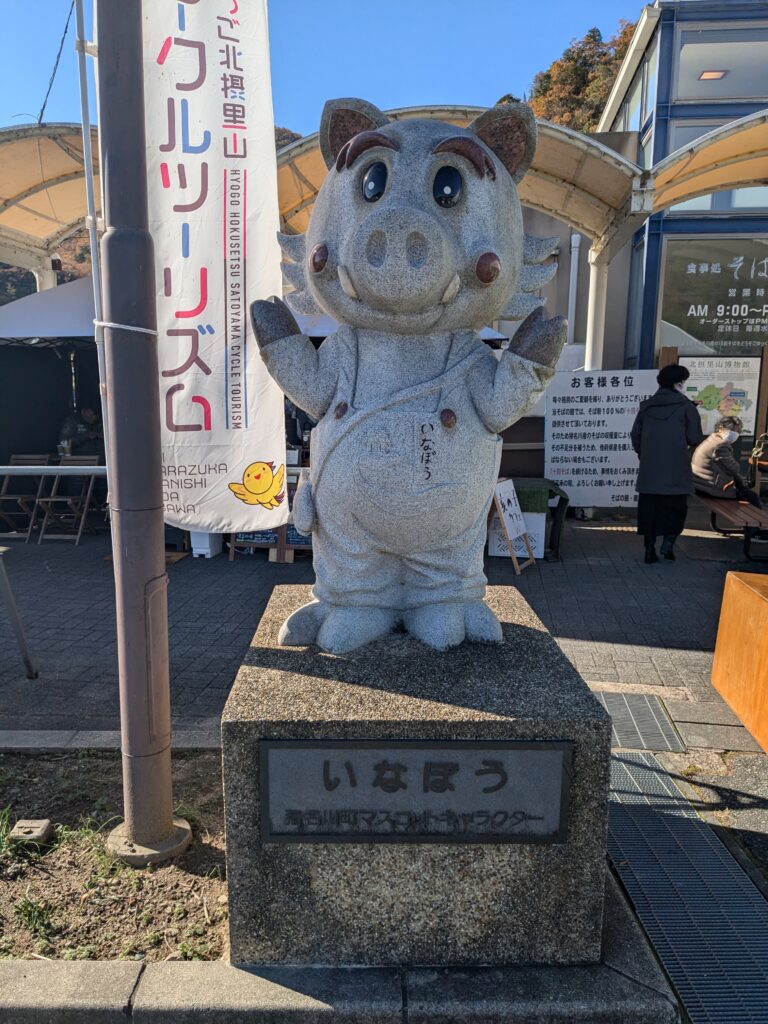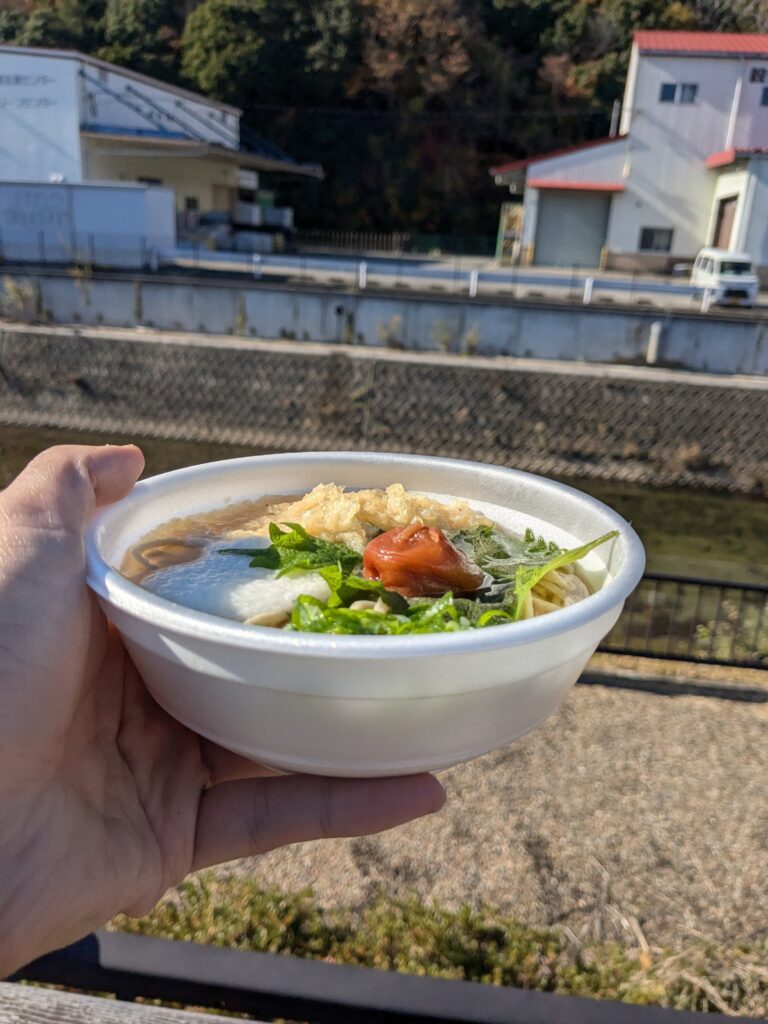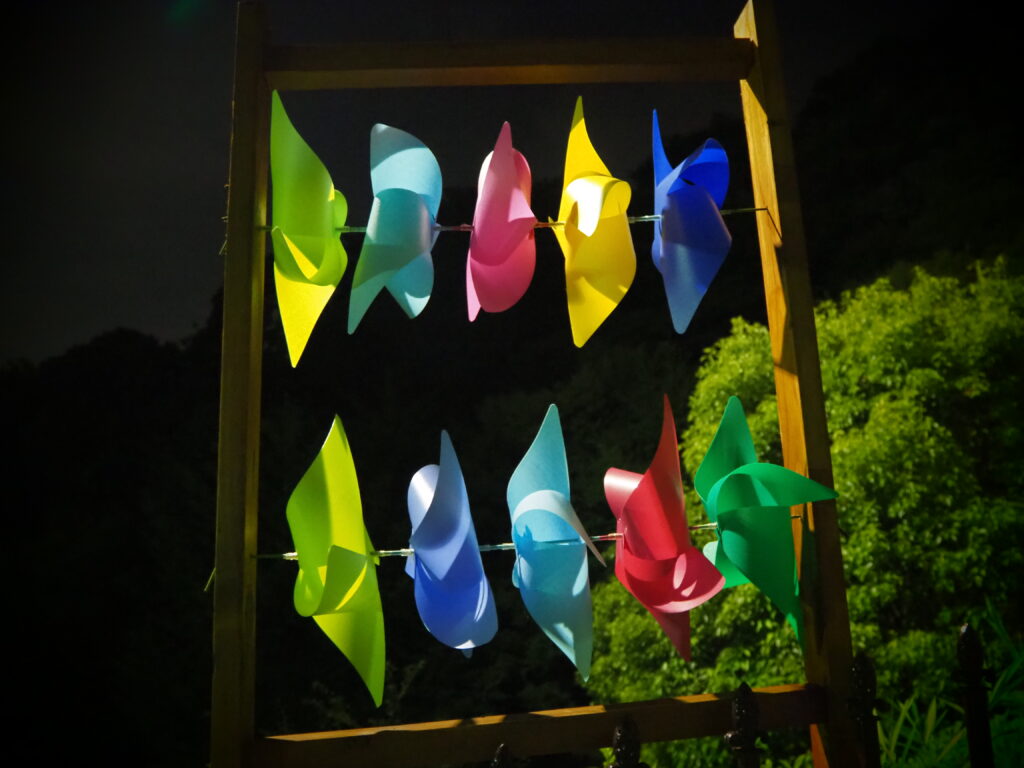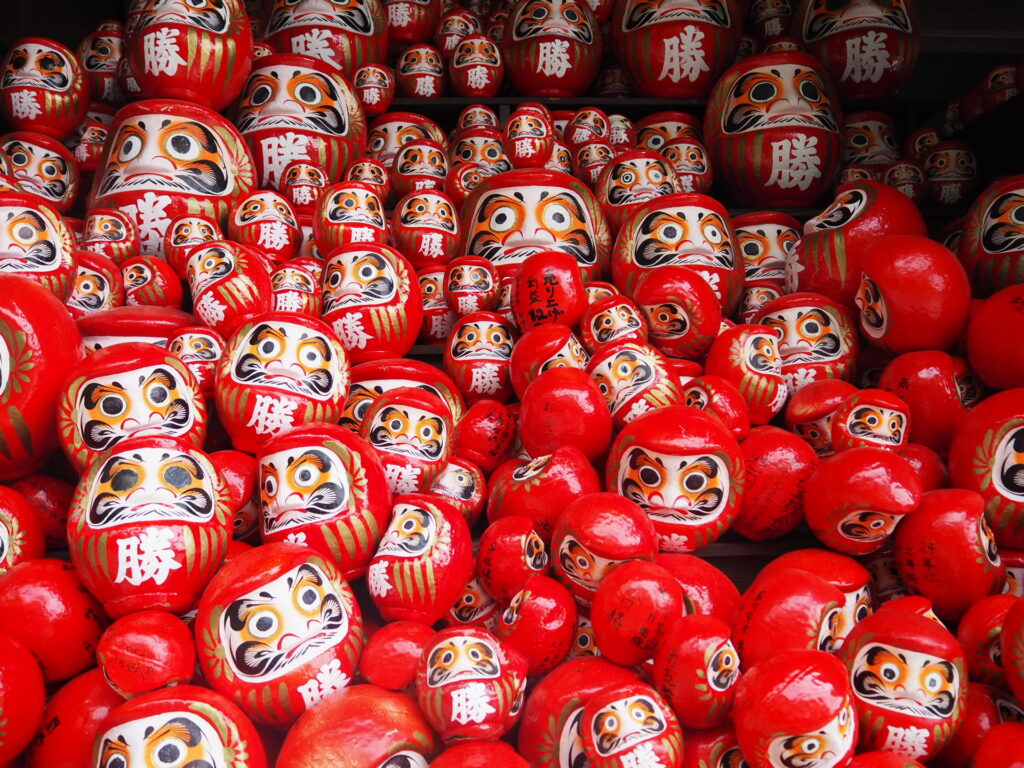Where to go this weekend? Let’s head to a roadside station!
Across Japan, there are many roadside stations (Michi-no-Eki) full of charm. These facilities, located along national highways and other roads, serve as rest stops. They offer a direct market for local agricultural products and specialties, as well as gourmet food and hot springs, making them popular stopover spots for road trips. Many Michi-no-Eki provide breathtaking views unique to their locations. Depending on the place, you can enjoy views of lakes, seas, Mount Fuji, and more. Additionally, since parking is free, you can park your car and stay overnight inside it. No longer just rest areas, Michi-no-Eki have become “destinations” in their own right. They are gaining attention as casual spots to visit even on weekends.

Soba for lunch? Sounds delicious!
Today, I visited Michi-no-Eki Inagawa. Located in the southeastern part of Hyogo Prefecture, Michi-no-Eki Inagawa is known for its lush rural scenery, as well as its historical and cultural significance. It’s about an hour’s drive from urban areas like Osaka and Kobe, making it a popular destination for many seeking relaxation. This roadside station is famous for its soba noodles. Soba is a traditional food that has been loved by the Japanese people for a long time. It refers to thin noodles made by mixing buckwheat flour (a powder made from the seeds of the buckwheat plant), sometimes with a bit of wheat flour, and water. For most Japanese people, soba is considered a simple and healthy dish that can be enjoyed casually by everyone.

Today, I attended the New Soba Festival to savor freshly made soba. The soba artisans were making soba noodles on-site. They individually adjust the ratio of buckwheat flour and water, crafting the ideal dough according to the season and humidity. The dough is kneaded, rolled out evenly, folded, and cut into noodles. The craft of the artisan is essential to bring out the full flavor of soba. Today, I enjoyed ume-tororo soba and thick soba noodles. Ume-tororo soba is served with warm broth, topped with shiso leaves, pickled plum (ume), and grated yam (tororo). The grated yam (tororo) pairs well with the soba, and the shiso leaves and pickled plum (ume) give it a refreshing, tangy flavor. Soba is traditionally thin, so this is my first time eating such thick soba. It’s dipped in a broth with green onions before eating. The thick soba had a firm texture, strong chewiness, and a smooth, delightful swallow, making it an exquisite dish.


When it comes to soba, there is a tradition of eating ‘Toshikoshi Soba’ (Year-Crossing Soba) on New Year’s Eve in Japan. Typically, families enjoy this dish while listening to the Joya no Kane (New Year’s Eve bells) at the stroke of midnight. Alternatively, some families prefer to have Toshikoshi Soba as their dinner on New Year’s Eve.
This custom is believed to bring longevity and good luck, as the long noodles symbolize a long and healthy life. Such a meaningful and delicious tradition! Of course, my family also enjoys Toshikoshi Soba on New Year’s Eve. By the way, I prefer warm Toshikoshi Soba topped with shrimp tempura.


